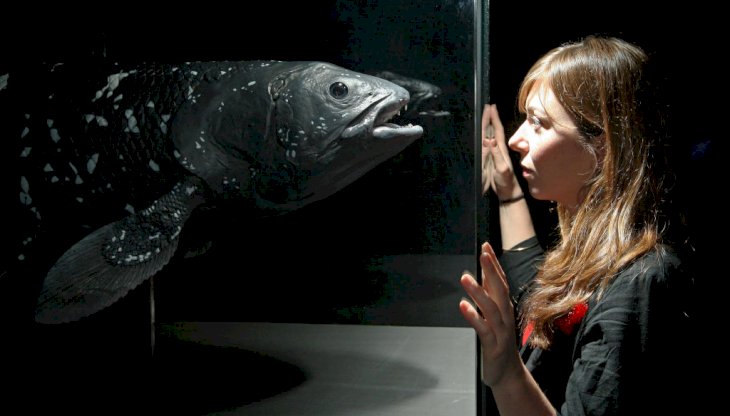
'Living Fossil': New Research Shows Coelacanth May Be Slowest Growing Fish In The Ocean
Earth has housed several life forms in its existence, and some of them are more interesting than others. The coelacanth is one of those interesting species, and scientists have found even more mind-blowing facts about it.
We are all aware that dinosaurs roamed this Earth before human beings evolved into what they are today. There were even water-based dinosaur species centuries ago that many scientists have been studying.
The coelacanth is one of these old fish species that has been found and still exists in the deep sea. However, a discovery about their growth processes may negatively affect their ‘critically endangered’ status.
About The Coelacanth
Coelacanths are among the oldest living species on Earth, with their genesis dating back to 400 million years. However, this living fossil fish species was thought to be extinct until 1938, when a museum creator noticed one on a fisher’s net.
Coelacanths can be found off the southeastern coast of Africa, but they live quite deep in the sea to spot occasionally. These fish also grow quite large, with female fish growing up to almost two meters long.
Coelacanths are also nocturnal creatures and stay in volcanic caves in small groups or alone during the day. Until recently, researchers believed that the coelacanth lived for about 50 years, which is quite old for a fish.
Discovering The True Lifespan

Getty Images
For several years, scientists believed that the coelacanth had a lifespan of 50 years but recently found out otherwise. To much surprise, researchers uncovered that the living fossil could live for up to a century.
The previous age estimation results from decades past misreading of rings deposited on the fish’s scales. However, a new age estimation process helped uncover the one-hundred-year lifespan of the species.

Getty Images
“A centenarian lifespan is quite something,”
Says IFREMER marine evolutionary ecologist and study co-author Bruno Ernande
After this discovery, coelacanth’s may have the slowest lifespan among all fish. The researchers also found that the coelacanth has a gestation period of about five years, which is one of the longest for any species.
Why This Could Be An Issue

Getty Images
Coelacanths are already considered a critically endangered species, and their slow lifespan may be a factor. Researchers found that the coelacanth can take up to 55 years to reach sexual maturity along with the five-year gestation period.
Although these elements may be impressive to many, they may be for the worst as it stands right now. The species’ prolonged gestation and sexual maturity periods make them more susceptible to extinction.

Getty Images
“A fish that needs 50 years to reach maturity, as opposed to 10 years, is five times more likely to be in trouble,”
Says Daniel Pauly, an ichthyologist from the University of British Columbia
Coelacanths already have a small population and low fertility that endanger the species’ existence. Unfortunately, this long and slow lifespan makes the fish extremely sensitive to natural or human-caused disturbances.